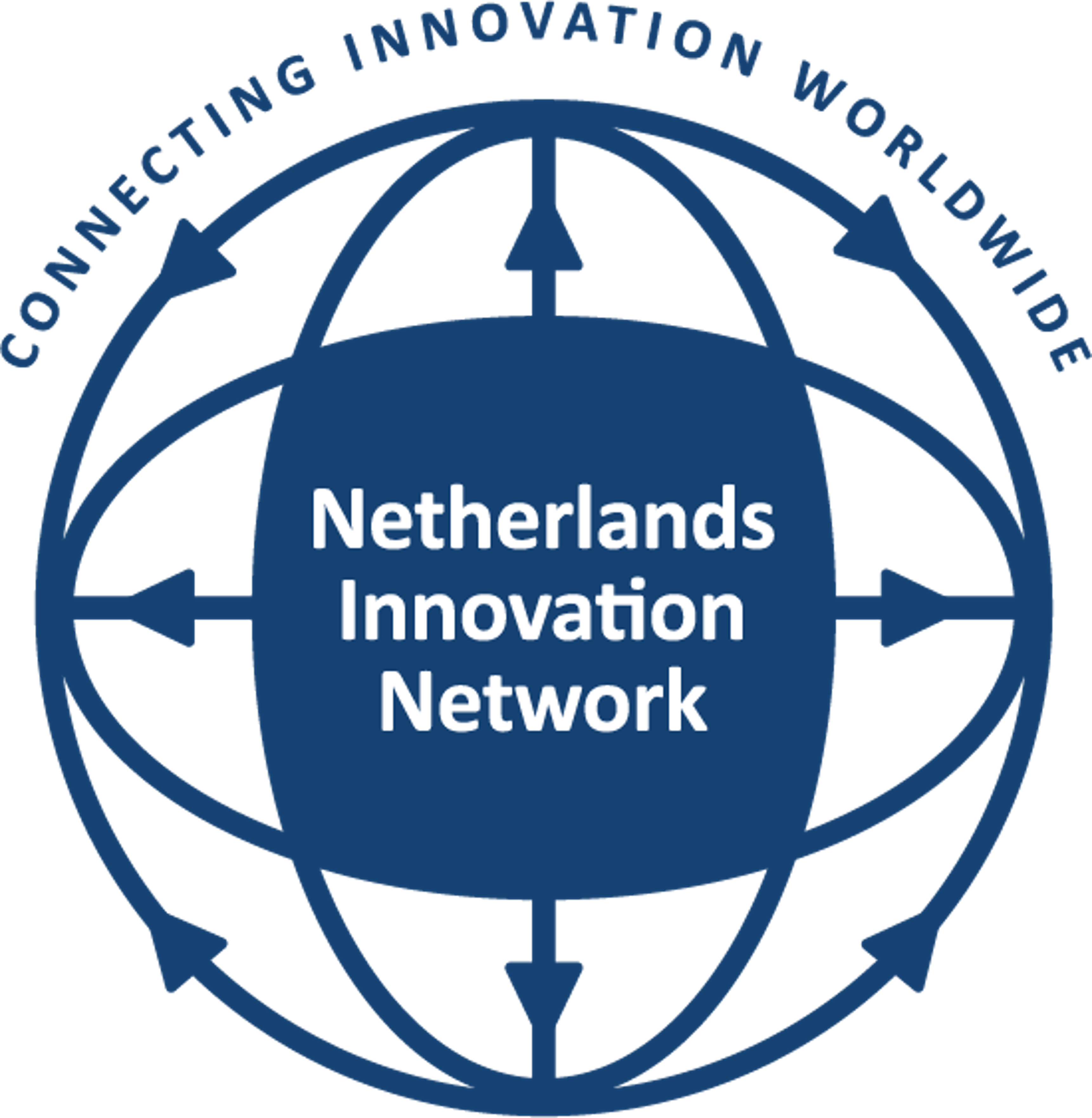
Last week 300 earth observation experts from Europe and China gathered in the city of Chengdu, Sichuan for the 2014 Dragon 3 International Symposium. The Dragon program is a joint undertaking of ESA and the National Remote Sensing Center of China (NRSCC), under the Ministry of Science and Technology (MOST) of China.
It promotes exploitation of ESA, third party mission and Chinese earth observation satellite data within China for science and applications. Thematic areas covered are Atmosphere & climate; Ocean & coastal zones; Hydrology & Cryosphere; Geoid & Terrain measurement; Forrest mapping; Land & environment. Originally launched in 2004, Dragon is now in its 3rd phase, lasting until 2016.
Among the 160 or so involved institutes The Netherlands plays an active role. At the symposium scientific contributions came from Alterra, Delft University of Technology, ITC, and the Royal Netherlands Meteorological Institute. Their projects with Chinese partners focused on a wide range of topics, such as prediction of NOx air pollution in coastal China and new hydrological models for the Yangtze basin. There was also plenty of room for discussion after the scientific sessions. Improved access to higher resolution Chinese satellite imagery proved to be a hot topic among many of the researchers.
More information on the Dragon 3 website. Contact beijing [at] nost [dot] org [dot] cn for a digital brochure of the Dragon program.
